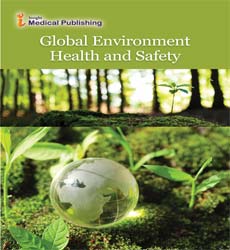Environmental and Energy-Efficiency Considerations for Selecting Building Envelopes
Abstract
Life cycle assessments in the construction industry reveal that 70–80% of all CO2 emissions occur precisely at the stage of material production (stages A1–A3 of the life cycle). Therefore, not only does the strength and thermal properties of the material selected for construction have major importance, but also the environmental impact of the material and the amount of energy spent to extract, manufacture and transport the materials. The paper presents the thermal calculations for envelope structures, assessing their environmental impact with respect to three parameters: carbon dioxide emissions, total energy consumption and amount of waste generated during material production. The research method used was an analysis of documents from real manufacturers and calculations of the main environmental parameters. Our investigation has led us to conclude that the largest amount of carbon dioxide emissions is produced by structures containing reinforced concrete, since the weight fraction of concrete is significantly greater than that of all other compared materials. The largest amount of non-renewable energy is consumed by structures containing clay bricks and reinforced concrete, since they consist of natural sources. The largest amount of waste is generated by structures containing expanded polystyrene and reinforced concrete consisting of cement, whose production in turn generates a large amount of waste.
Open Access Journals
- Aquaculture & Veterinary Science
- Chemistry & Chemical Sciences
- Clinical Sciences
- Engineering
- General Science
- Genetics & Molecular Biology
- Health Care & Nursing
- Immunology & Microbiology
- Materials Science
- Mathematics & Physics
- Medical Sciences
- Neurology & Psychiatry
- Oncology & Cancer Science
- Pharmaceutical Sciences
